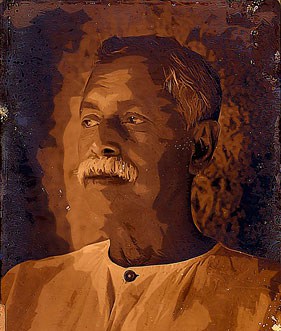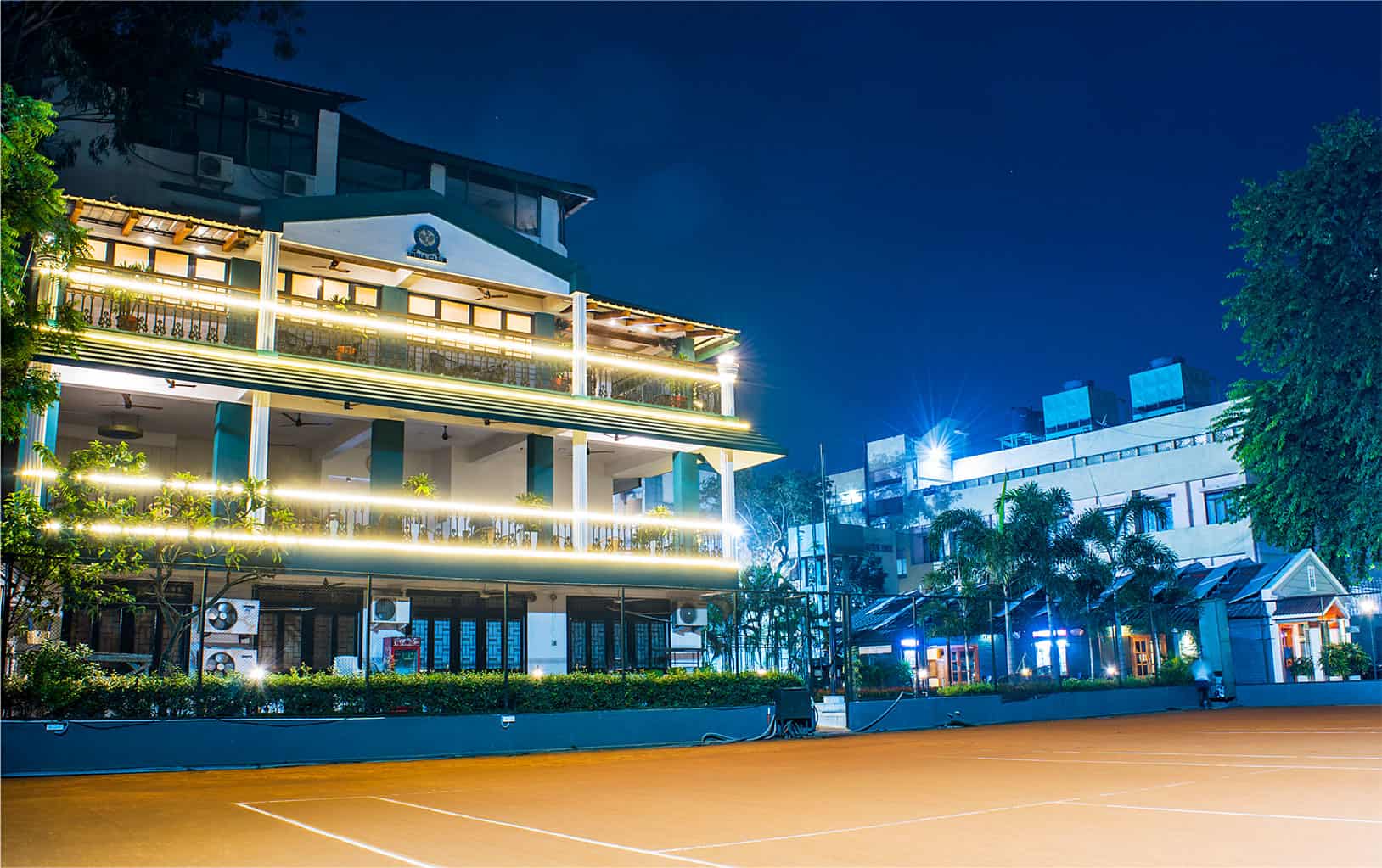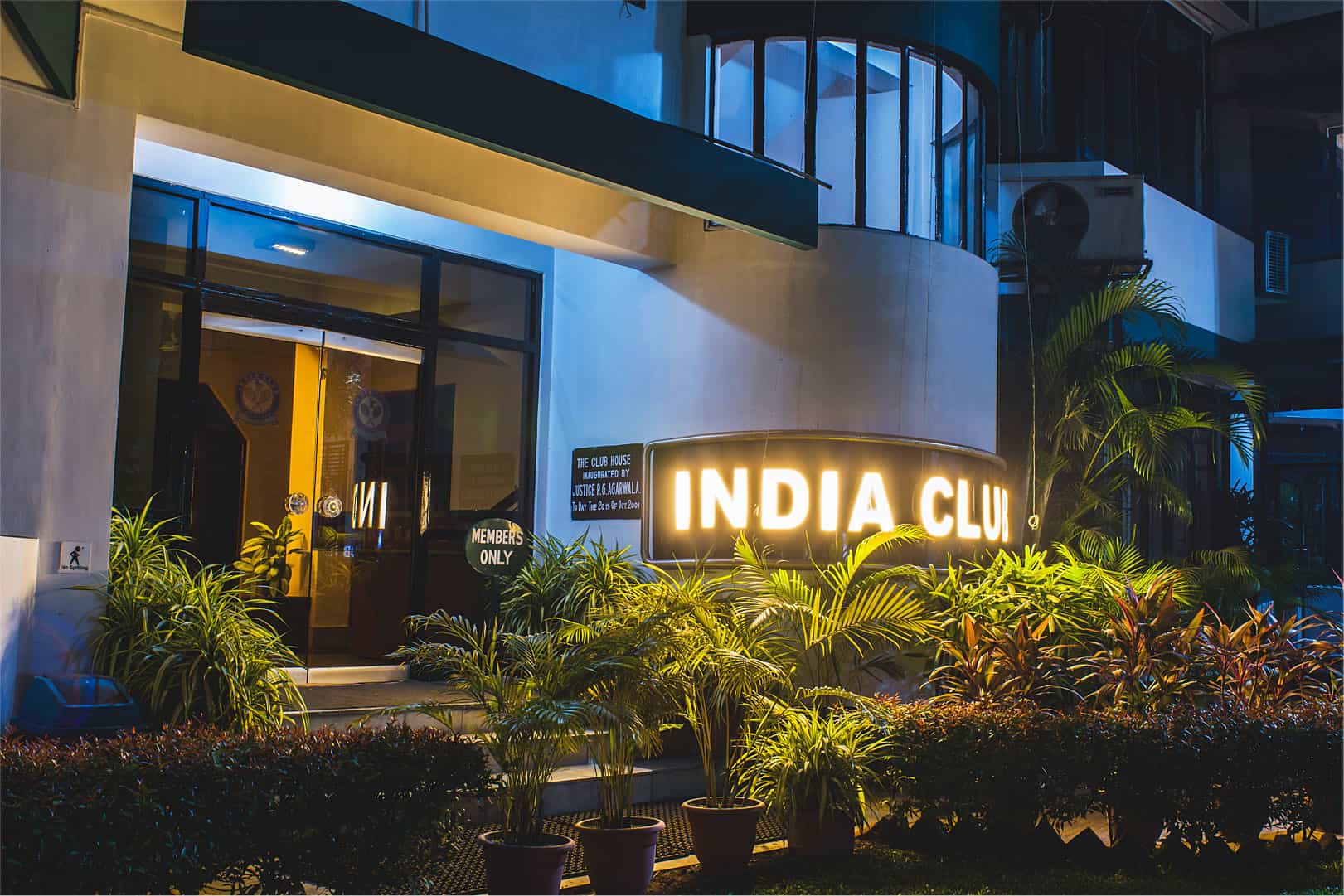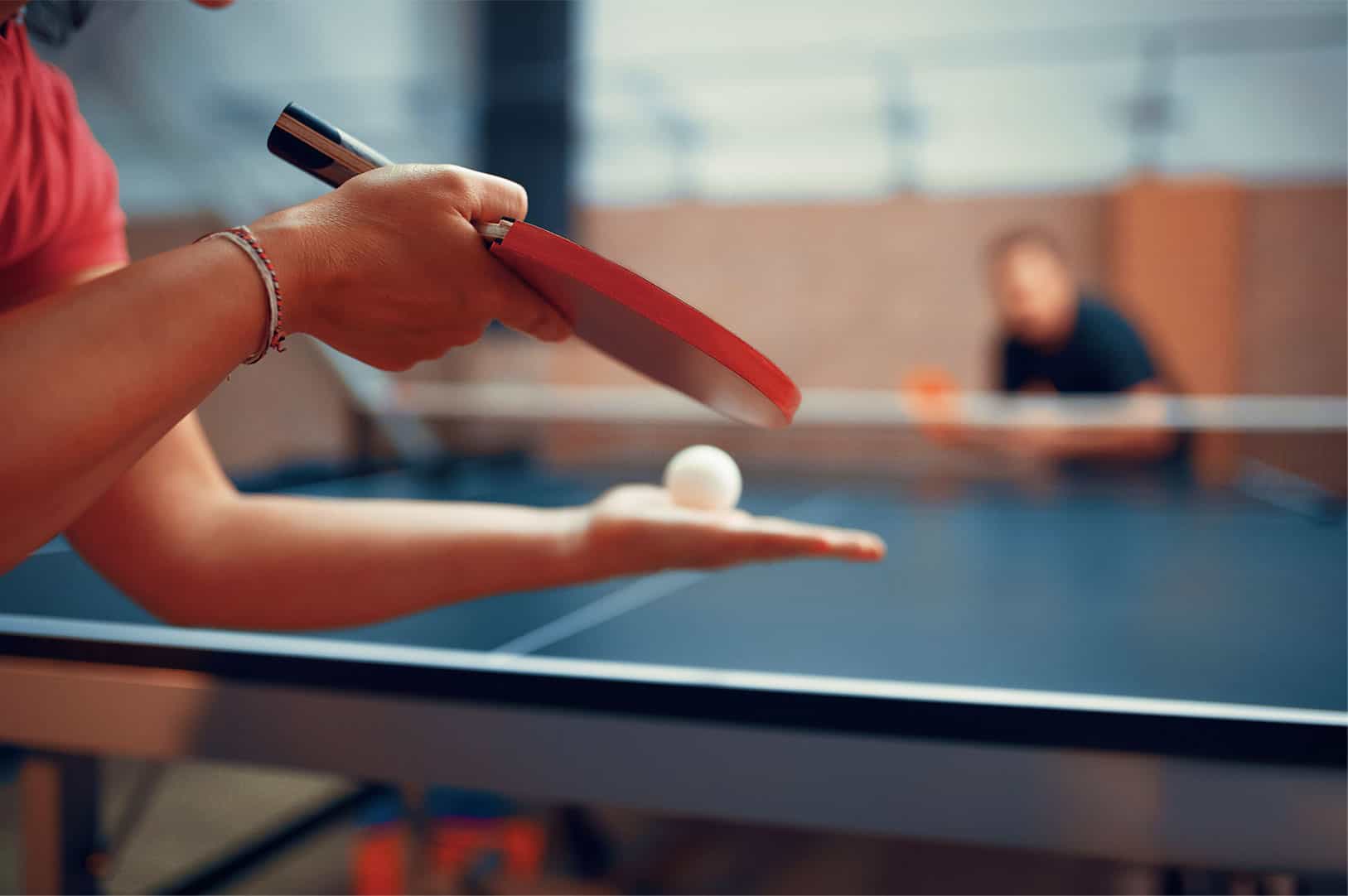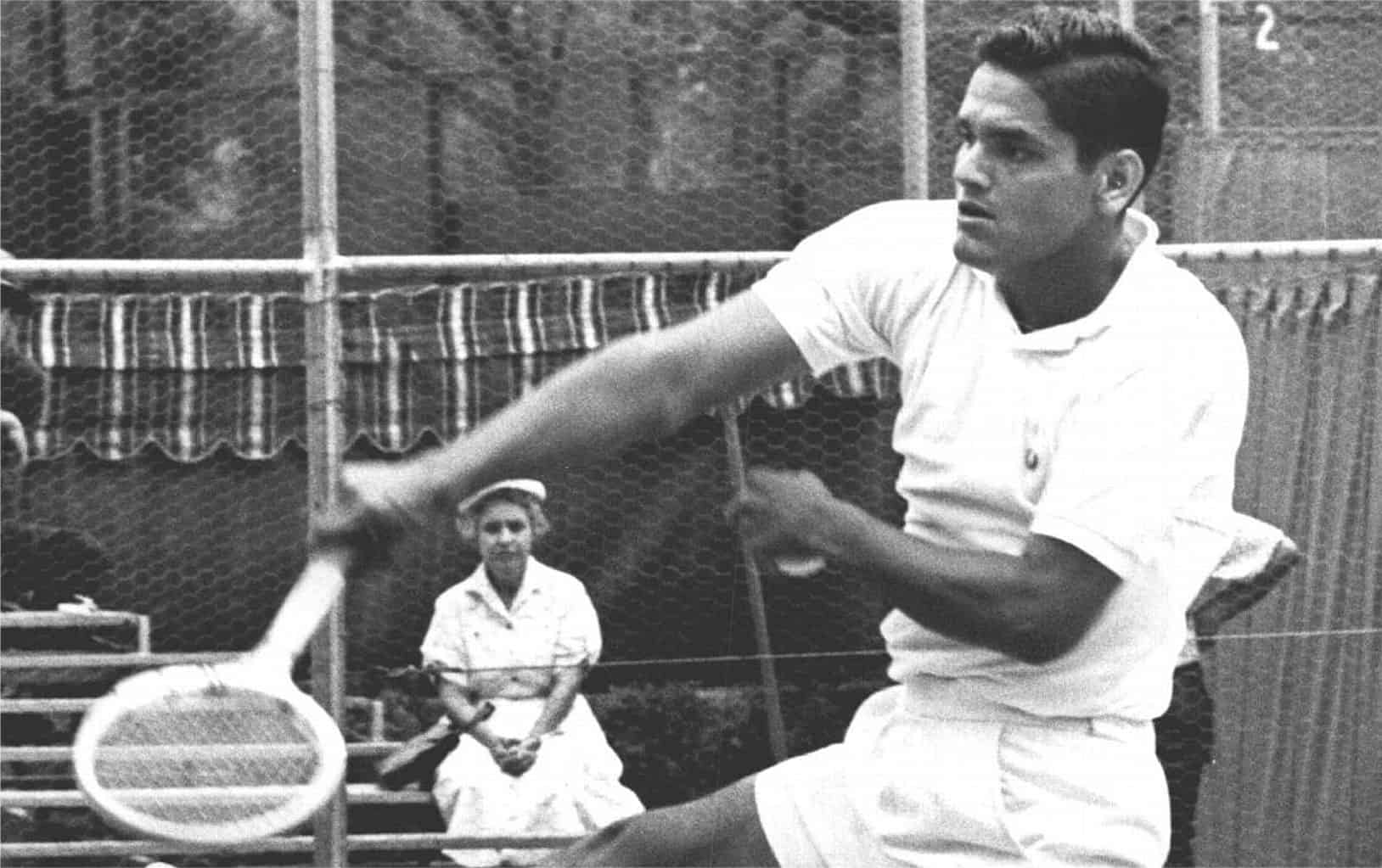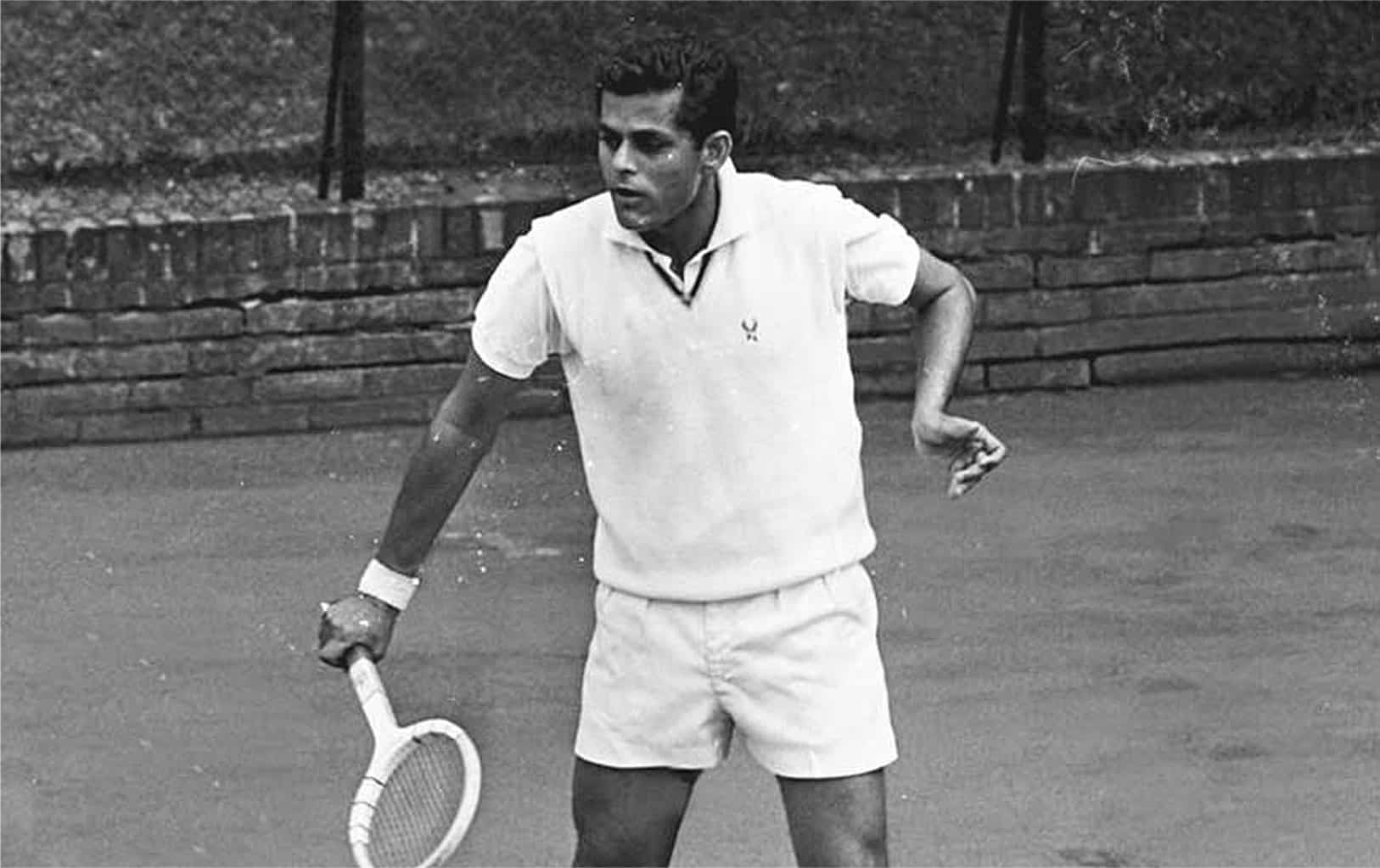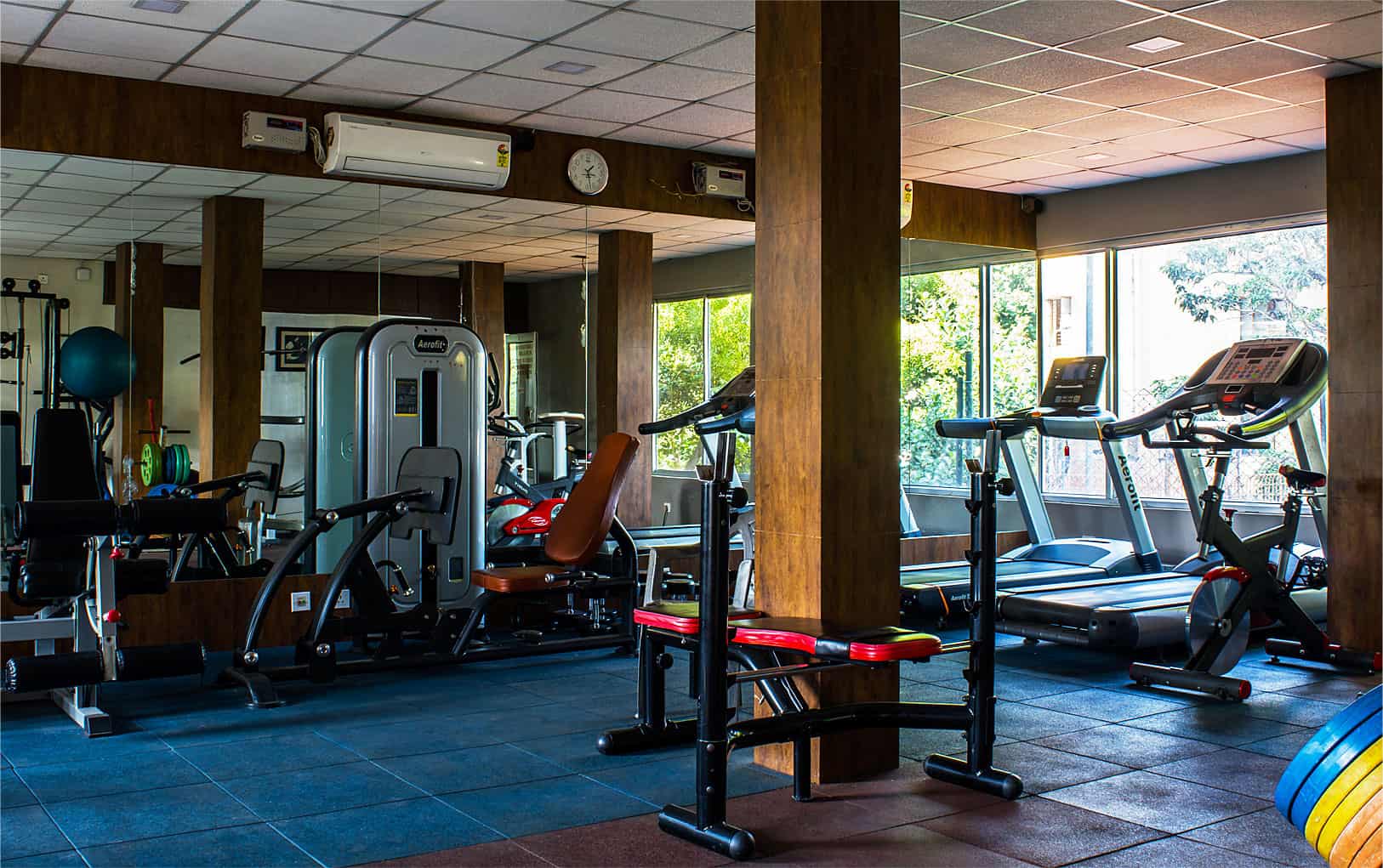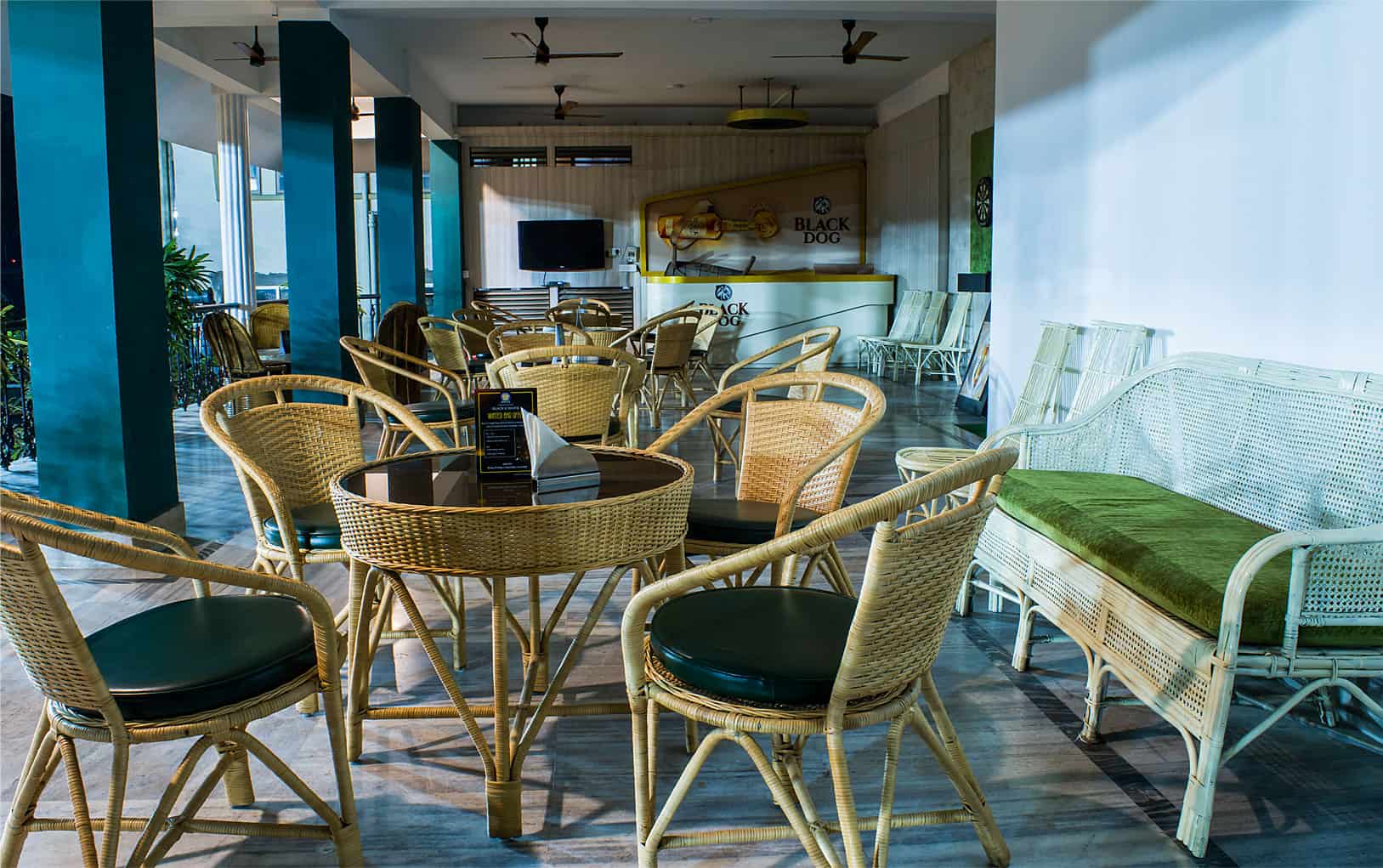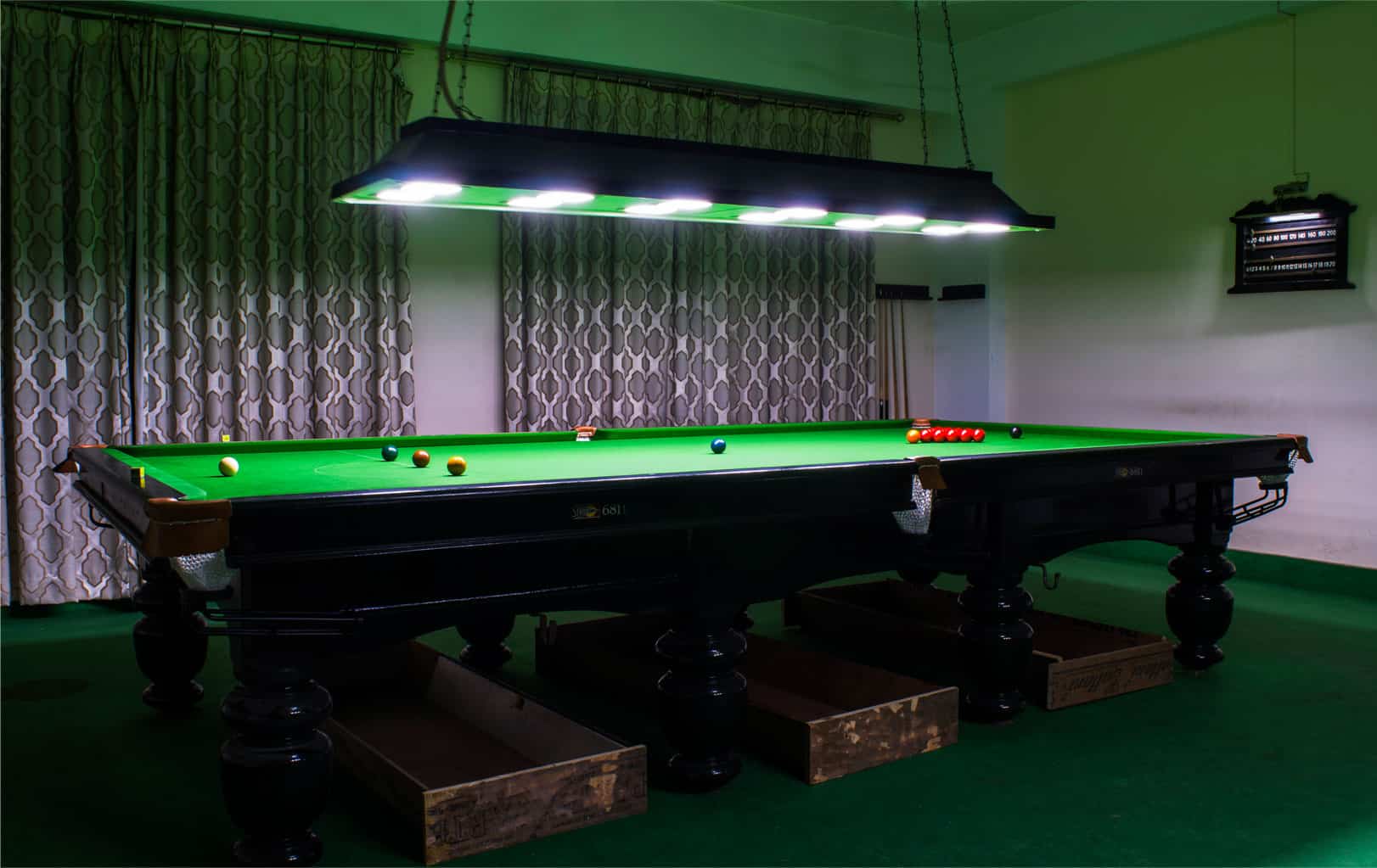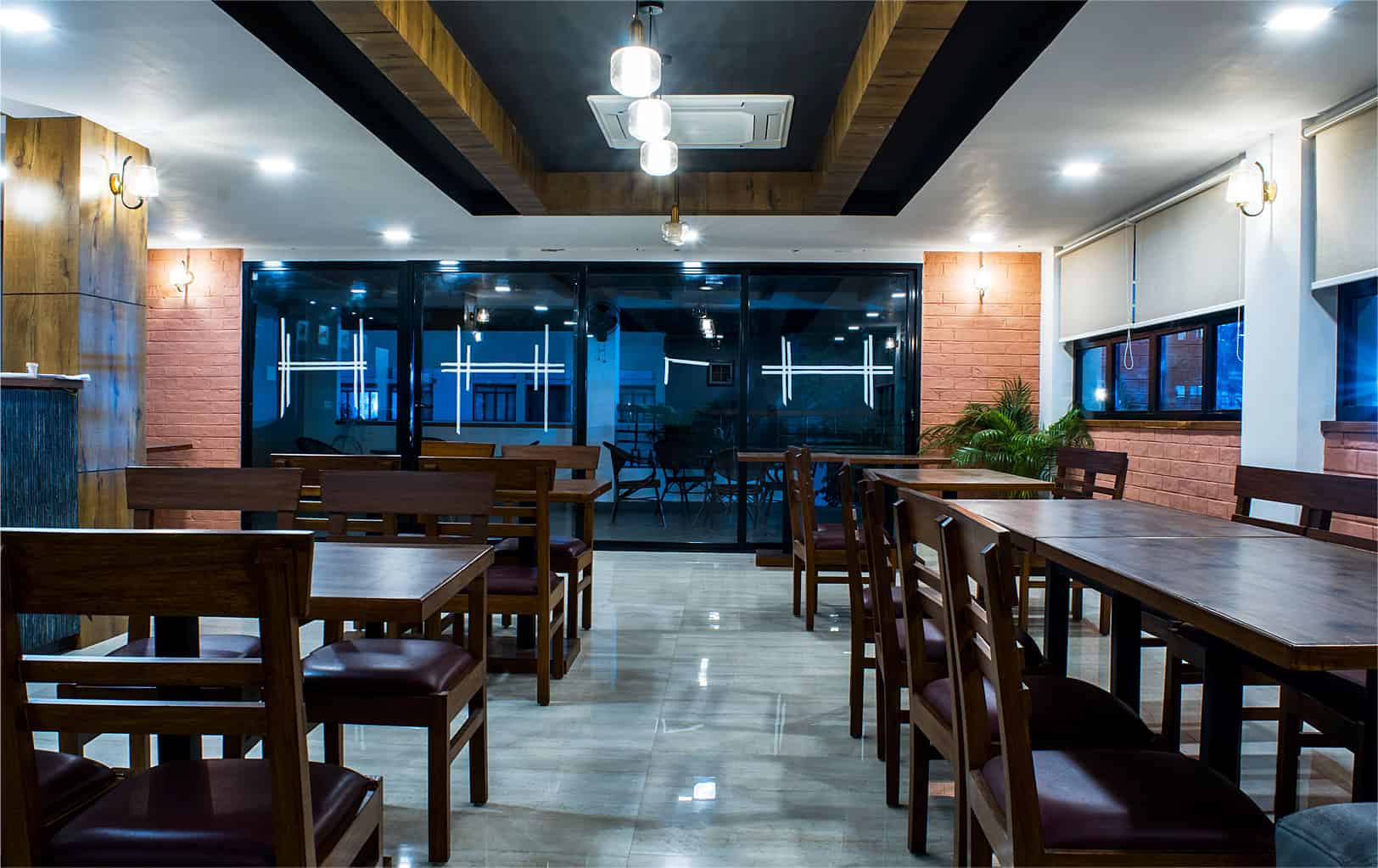

SOME WORD ABOUT US
Luxury Hotel in the Heart of Manhattan
With its elegantly-restored, original Art Deco detail and stately accommodations, Hotel Erios is a glowing reflection of Old New York in the modern day, set in a prime location just steps from Times Square.
Integer cursus accumsan laoreet. Nunc quis porta ligula. Cras nulla lectus, fermentum et sagittis nec, fringilla sit amet Enjoy sweeping water views when you reserve a Hudson River View Suite.



